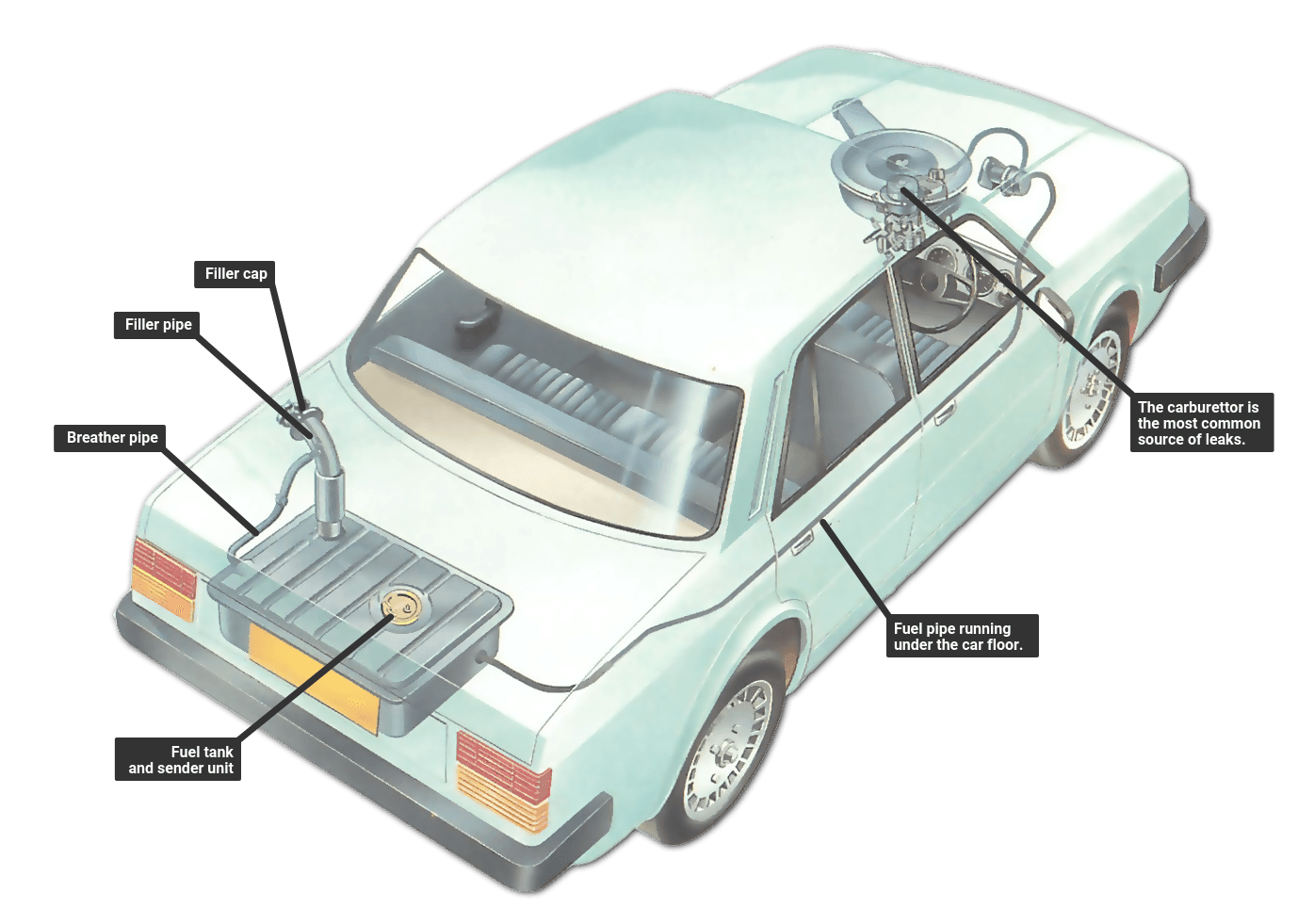So anyone here know what goes into a car, both electric and ICE? And how the energy source differ from each other in a more detailed way rather than saying one is gas and other one is electric?
So gas based cars, I guess only have a fuel tank to store its energy source, gasoline. Just a hollow container to store liquid. That's on the opposite side of the engine. I never really understood why the gas tank can't be next to the engine, and its always opposite side. Like only super cars are the only cars that you may fill the gas tank at the front of the car
And then electric cars have a battery pack that is all flat and sits under the car. Taking every space possible, being as flat as possible. I know the main reason is weight distribution, and batteries are heavy. Even for a DJI Drone, the battery feels heavier than the functioning parts of the drone.
So what if say gas cars decided to make their fuel tank in the same matter as an electric car battery. By making it a flat rectangle and putting it at the bottom of the car? And electric cars decided to stack their battery all in the trunk area into a giant rectangle cube like a gas tank? Basically swapping designs.
And what energy source is heavier per same volume taken? Full tank of gas or fully charged battery pack?


So gas based cars, I guess only have a fuel tank to store its energy source, gasoline. Just a hollow container to store liquid. That's on the opposite side of the engine. I never really understood why the gas tank can't be next to the engine, and its always opposite side. Like only super cars are the only cars that you may fill the gas tank at the front of the car
And then electric cars have a battery pack that is all flat and sits under the car. Taking every space possible, being as flat as possible. I know the main reason is weight distribution, and batteries are heavy. Even for a DJI Drone, the battery feels heavier than the functioning parts of the drone.
So what if say gas cars decided to make their fuel tank in the same matter as an electric car battery. By making it a flat rectangle and putting it at the bottom of the car? And electric cars decided to stack their battery all in the trunk area into a giant rectangle cube like a gas tank? Basically swapping designs.
And what energy source is heavier per same volume taken? Full tank of gas or fully charged battery pack?




